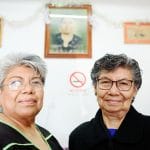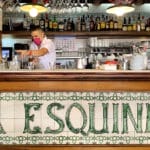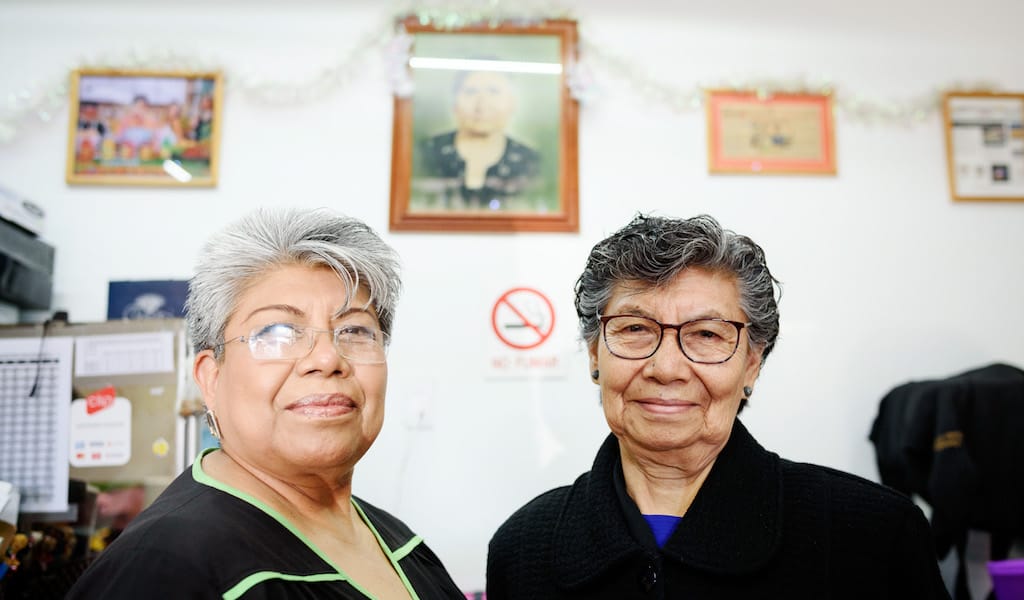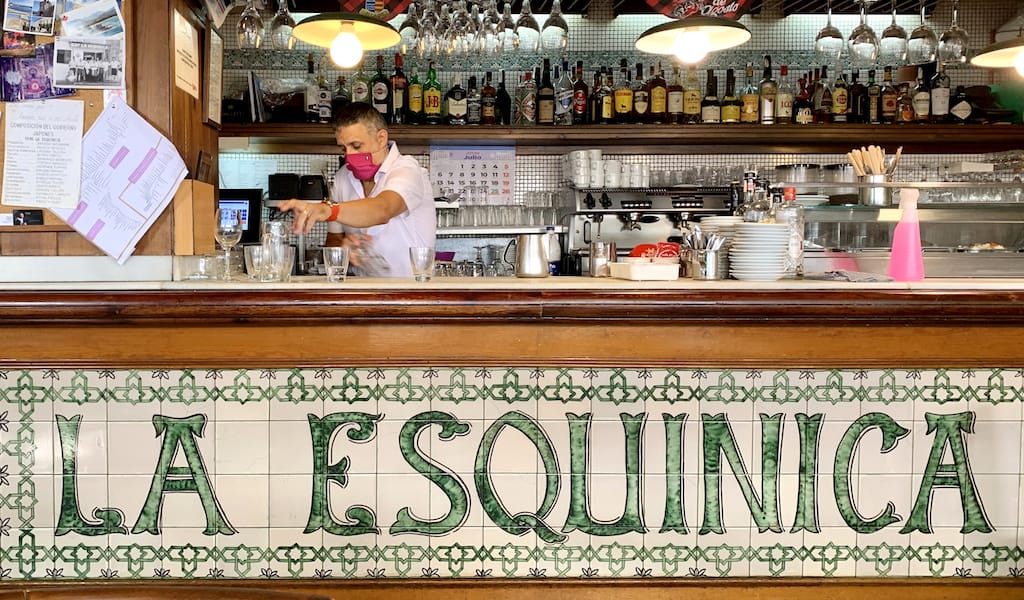Editor’s note: We are sad to report that Nuruosmaniye Köftecisi has closed.
In Istanbul, if all you have is a street address for a restaurant, you are as good as lost. It’s all about proximity to landmarks, as in “postanedeki kokoreççi” (the kokoreç vendor near the post office) or “Süleymaniye’deki kuru fasulyeciler” (the bean eateries at Süleymaniye Mosque). This is the way we’ve learned to navigate this city and we’ve even found reason to tag some places according to our own associations.
Approaching the Grand Bazaar from the northeast, you encounter the market’s “Nuruosmaniye Gate,” named for the nearby Ottoman Baroque-style Nuruosmaniye Mosque, built in the 18th century. But to us, this will always be the “Köfte Gate” for its proximity to Nuruosmaniye Köftecisi, established in 1974.
Stepping inside this humble shop, sawdust underfoot, we were instantly calmed by a rhythm we recognized from any busy neighborhood eatery at lunchtime. Delivery orders were called out by the cashier, who worked a calculator with one hand and cradled a phone with the other. Behind the cashier, we heard the constant pad of the waiters’ loafers hustling orders up the stairs to the tiny domed dining room above. Logjams of customers coming and going, paying and ordering, formed instantly and were settled as quickly by the tight crew that run this place. Nuruosmaniye Köftecisi was alive and a wonder to observe in action, particularly the man who held it all together, the griller.
 The charcoal grill in the corner was loaded with short and stubby köftes that were flipped and switched in different directions and angles by a deft hand, reminding us of a chalkboard with a lengthy mathematical proof in progress. Finally, our order, bir buçuk porsiyon, an order and a half of meatballs, made its way through the equation and arrived still sizzling. Freshly chopped onions with parsley, a cool wedge of tomato and a hot pepper could be a salad to some or the fixings of a sandwich to others. A pyramid of sliced fresh bread stood tall on our table beside a coffee mug filled with a piquant salça-based sauce. This was exactly what we’d expect to see at a neighborhood köfte joint, an expectation rarely met in this tourist zone.
The charcoal grill in the corner was loaded with short and stubby köftes that were flipped and switched in different directions and angles by a deft hand, reminding us of a chalkboard with a lengthy mathematical proof in progress. Finally, our order, bir buçuk porsiyon, an order and a half of meatballs, made its way through the equation and arrived still sizzling. Freshly chopped onions with parsley, a cool wedge of tomato and a hot pepper could be a salad to some or the fixings of a sandwich to others. A pyramid of sliced fresh bread stood tall on our table beside a coffee mug filled with a piquant salça-based sauce. This was exactly what we’d expect to see at a neighborhood köfte joint, an expectation rarely met in this tourist zone.
As with many independent meatball shops, Nuruosmaniye Köftecisi’s köfte does not comfortably fall into any particular köfte classification, though there is a striking resemblance here to the kind made in Tekirdağ. The usta at the grill explained that this is actually a meatball of their own design with its own secret recipe, prepared on the premises and cooked every day by him; therefore, it is his meatball. Ten lira to sit in the personal workshop of a master of the culinary arts while he prepares a unique work for each customer? That’s more memorable than the overpriced kilim or handbag that most people come looking for around here, which should really make Nuruosmaniye Köftecisi a destination in itself. In fact, we wouldn’t be surprised if, among some locals, the Grand Bazaar is referred to as “köftecideki pazar” – the market near the meatball shop.
Published on August 13, 2013
Related stories
September 14, 2022
Tokyo | By Florentyna Leow
TokyoMuch has been written about the yamabushi of the Dewa Sanzan mountains in Yamagata Prefecture, about two and a half hours north of Tokyo via bullet train. The yamabushi are followers of Shugendo, an ascetic mountain religion best thought of as an amalgamation of Shinto, Buddhism, Taoism, and mountain worship. Shrouded in secrecy and more…
January 8, 2019
Mexico CityTamales Doña Emi, a tamal mecca in Colonia Roma, was our first foodie obsession in Mexico City. But really, we were just the most recent converts in a long line of devotees. For the unaccustomed palate, a tamal – steamed corn dough wrapped in a corn husk or banana leaf, with some type of filling…
August 6, 2020
BarcelonaThe linguistic variations in Spain’s 17 autonomous communities are as diverse as the local culinary specialties. In Barcelona, we can find examples of both. Take La Esquinica (“The Little Corner”), an iconic tapas bar with a fantastic terrace in Nou Barris, a neighborhood with a large immigrant population. Here, many of the tapas’ names (as…


















































































